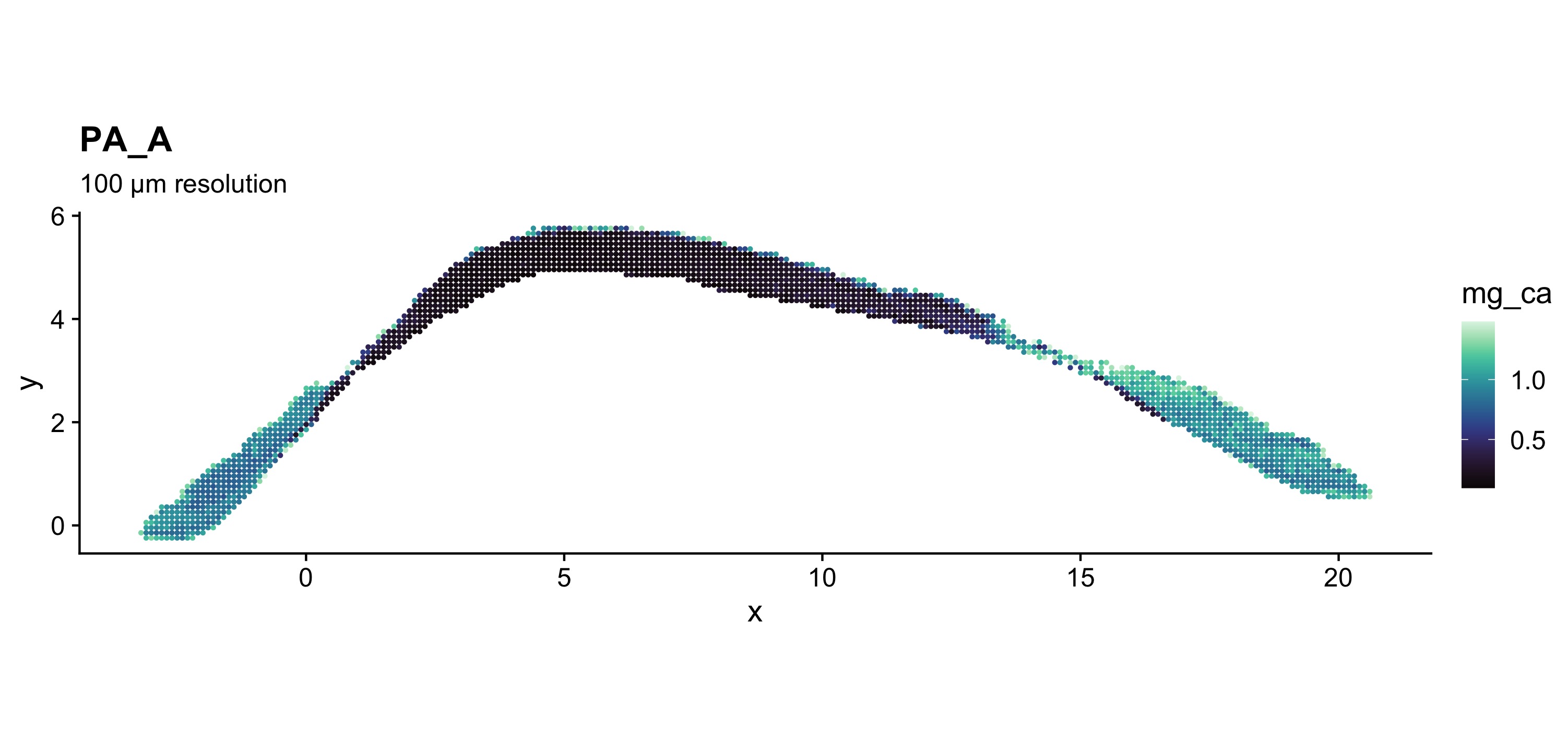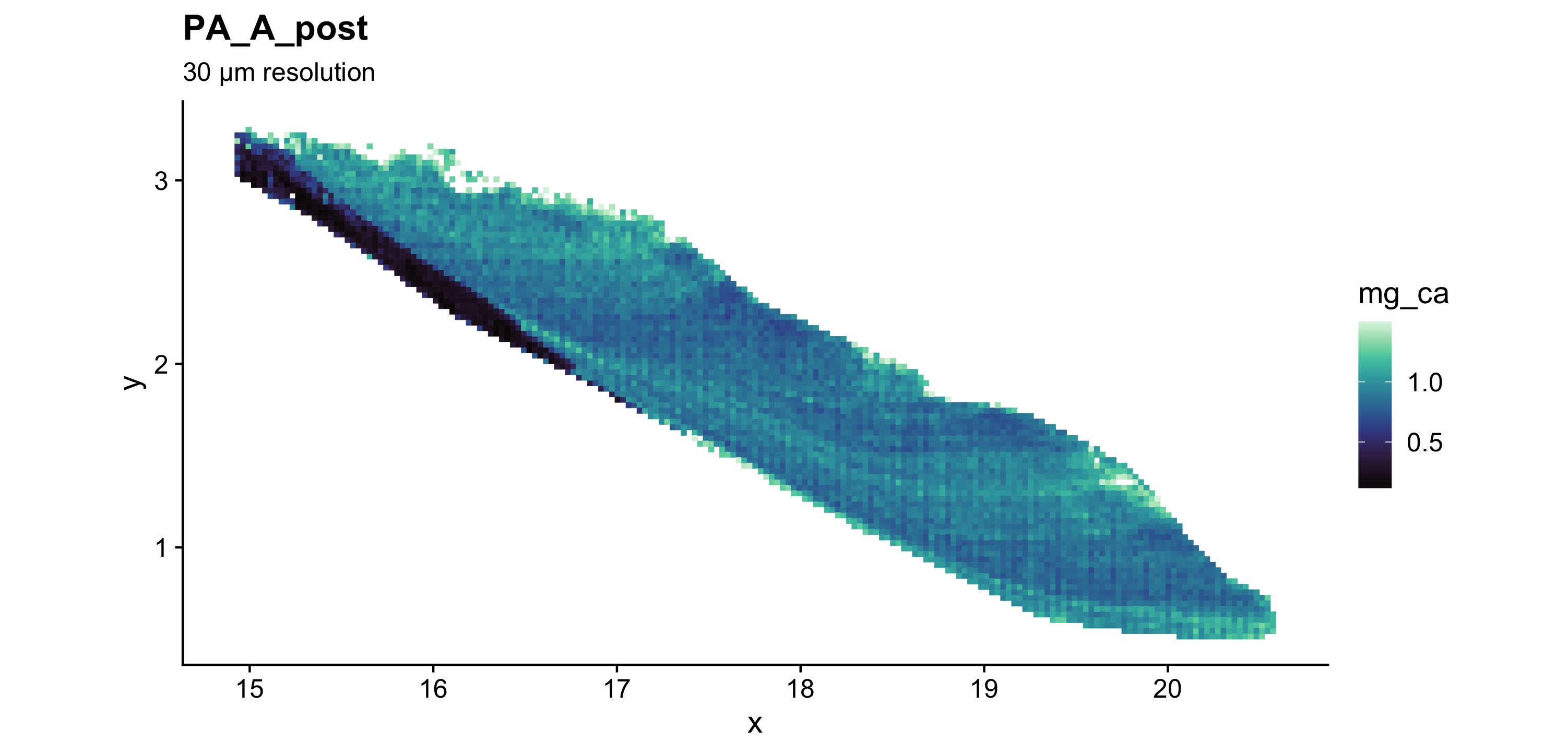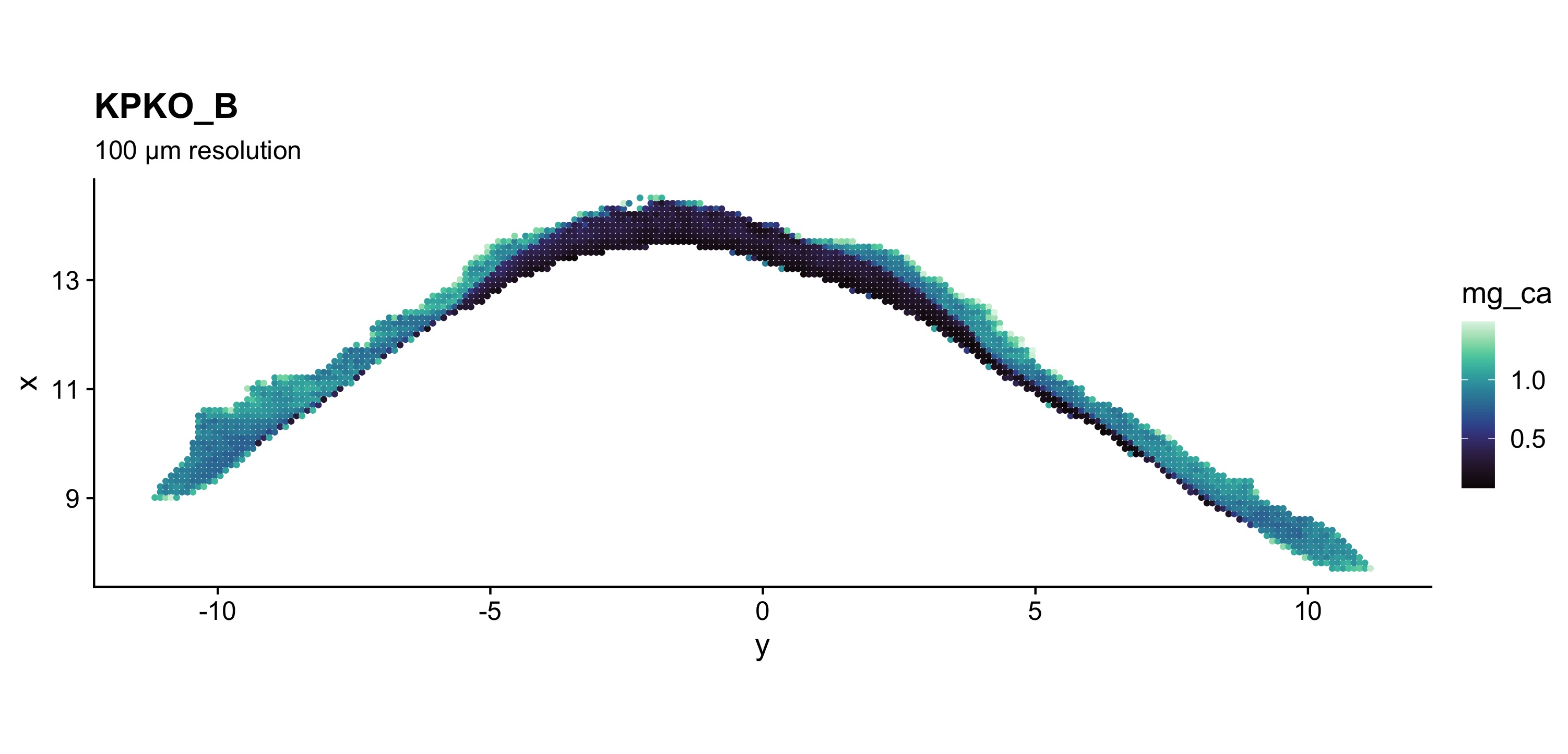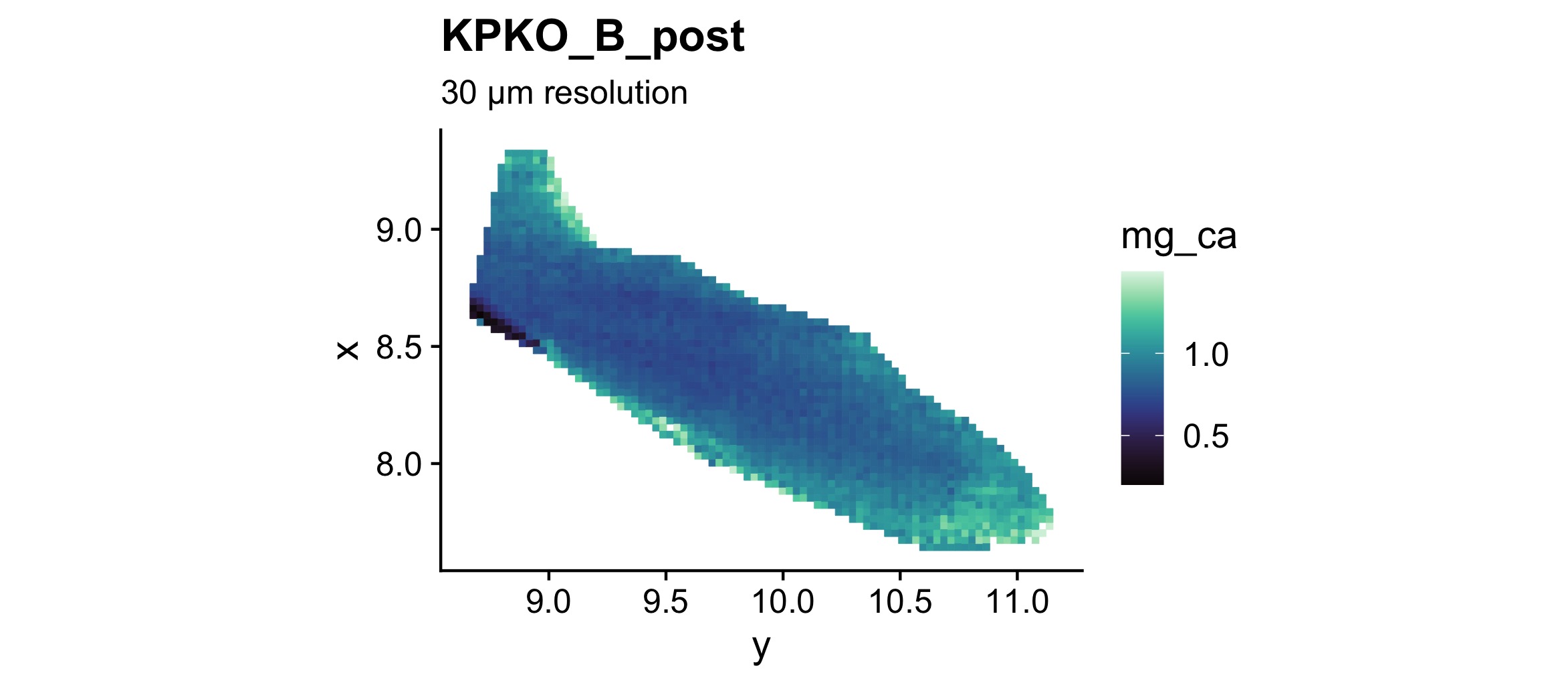LIBS-System: First test-run
The new system is faster, easier to use, and works with a higher resolution. See the EGU conference presentation here or below under Related
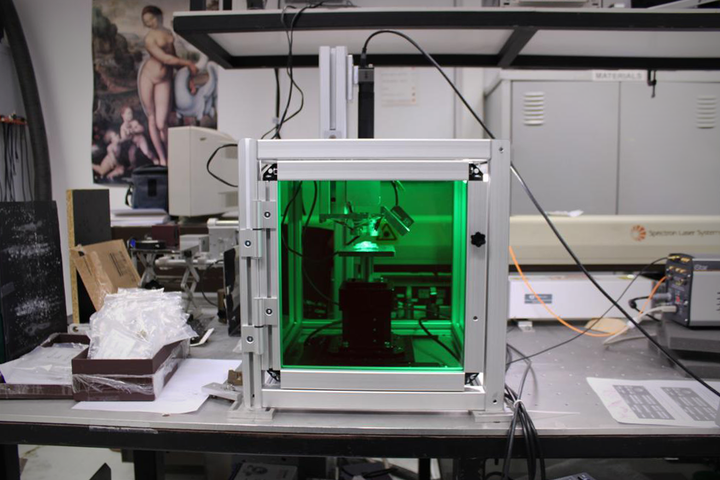
After only communicating via email and videoconferences for almost a year and a half, the project members finally met up for an in person meeting on Crete to test and discuss the new LIBS-system. Victor Piñon and Andreas Lemonis at FORTH have been busily putting together our hardware components over the last few months and turned them into a working machine.
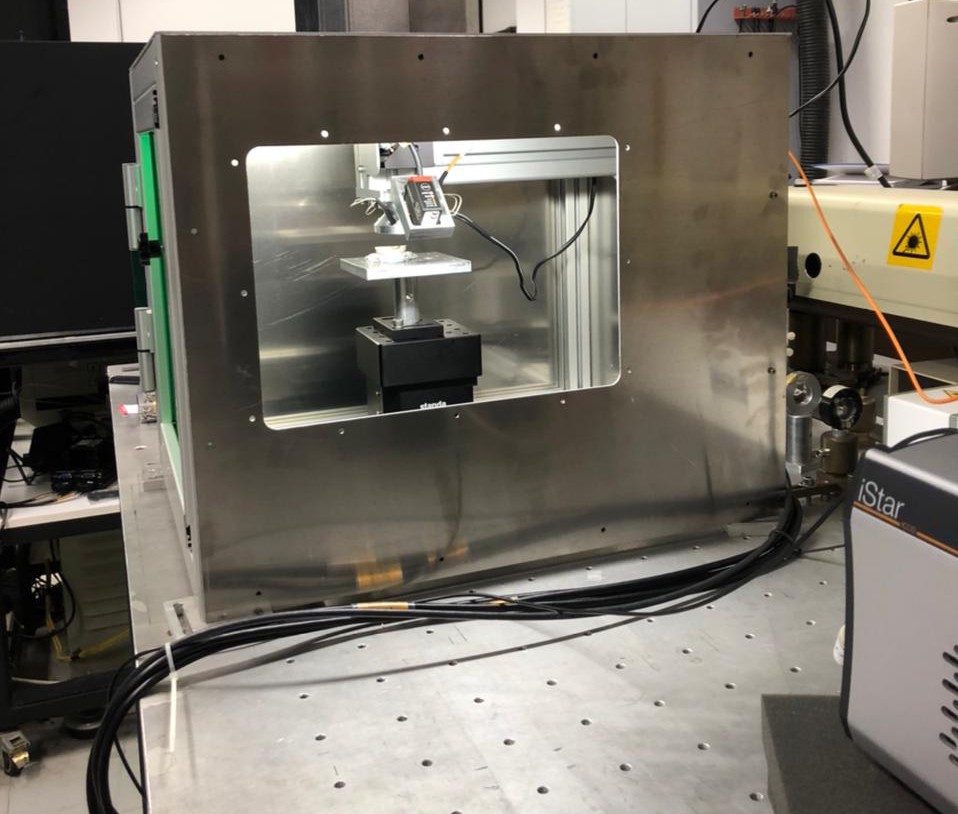
New equipment and resolutions
It is a great step forward from our previous system, with a faster laser (100 Hz rather than 10 Hz) and a more accurate optical apparatus that works on a lower energy (1.5 mJ rather than 15 mJ), which makes the analysis faster and less destructive than before. We are still in the progress of getting accurate measurements of the dimensions of each sampling spot, but it looks like we moved from 50 µm down to 30 µm with the potential to go even lower, using single shot measurements. Maybe it will be enough to measure daily increments (5–10 µm) on our limpet shells?
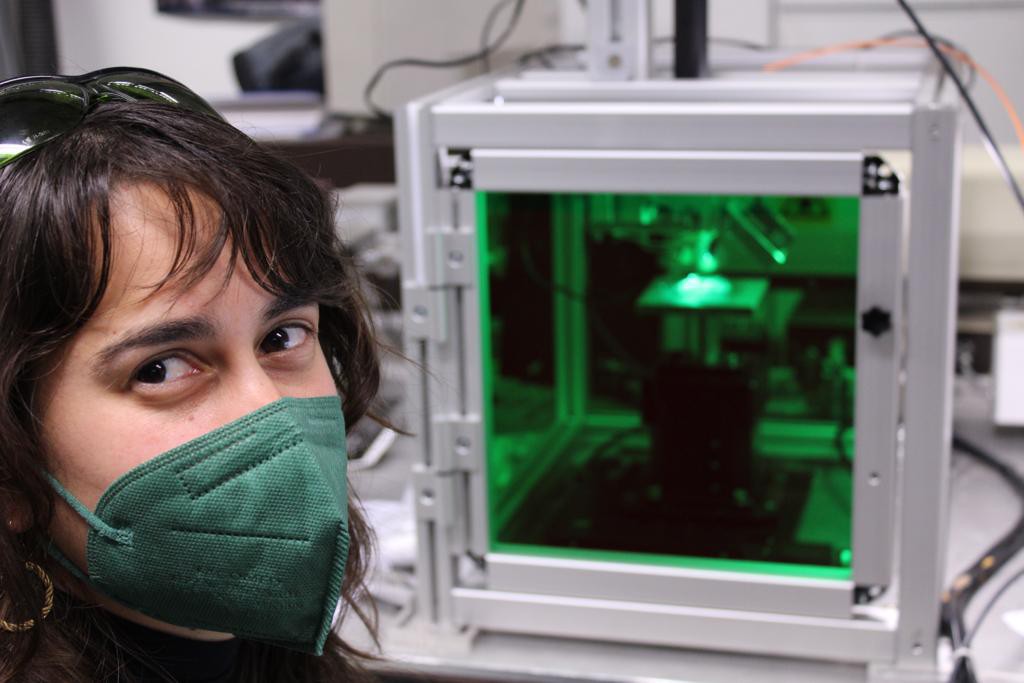
The testing material has been sourced from all over Greece, where Danai has been collecting live limpet shells near archaeological sites (e.g. Franchthi, Agios Petros and Cyclop’s cave). These limpets will be the foundation for the sclerochronological analysis of our modern reference to understand the data coming from the archaeological samples.
Elemental mapping will be the first step to understand the shell’s growth structure and carry out a more targeted analysis of δ18O values later on, saving us time and money (and nerves).
The LIBS-system has a new user-friendly interface so that we can more easily describe the sampling area that we want to map. Shells can have quite complex sections, so a good control of where exactly the data comes from is very important.
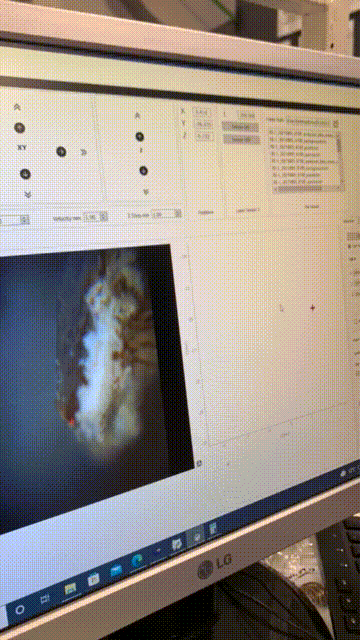
Once the outline is defined, we interpolate the area with sample spots at ~30 µm distance. With the new 100 Hz laser we can sample up to 13 spots those per second, depending on how many spectra we choose for each location (e.g. 10 spectra/spot allows us to sample ~6 spots per second). So that even a map of 2000 points ( which used to take an hour) will only take just over 5 minutes.
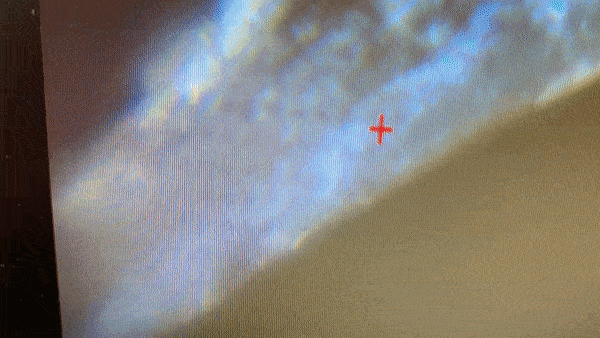
Here are some of the examples that we ran over the last few weeks. We are still working on the data-visualisation component. The maps below have been made with R and ggplot:
